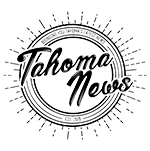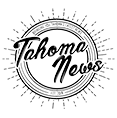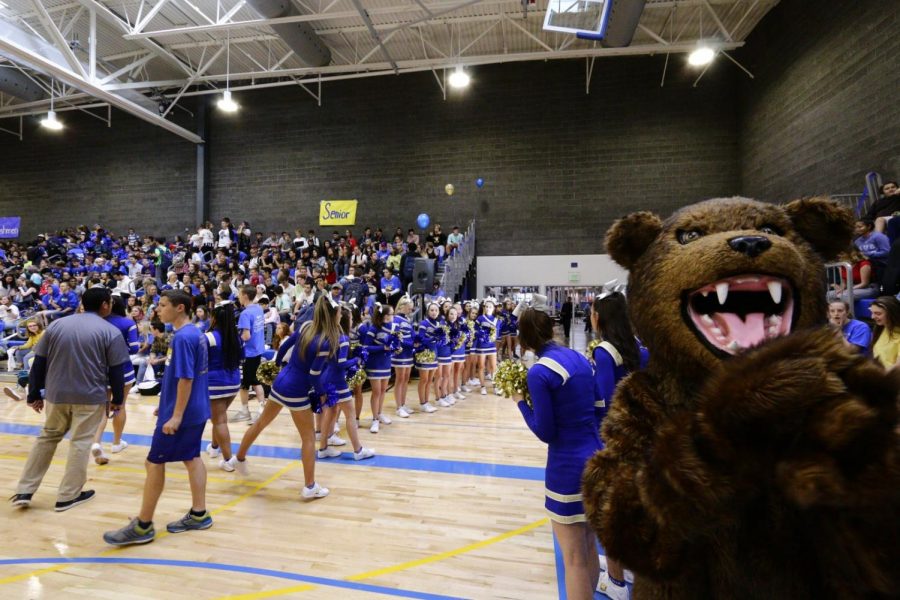Tahoma School Spirit: Where is There Room for Improvement?
December 17, 2018
What comes to mind when you think of Tahoma High School spirit? For some, school spirit is looked to as fun and interactive spirit week, and on the other hand, some see it as ineffective and lame. To dive deeper and find the truths about Tahoma school spirit, Tahoma news sat down with both teachers and students here at the high school to hear their thoughts on the spirit of our school.
First, we talked with the head Tahoma Leadership teacher here at Tahoma High, Mr. Peters. In order to analyze Tahoma school spirit, we first have to figure out what school spirit is. Mr. Peters explains, “There’s the typical ‘rah-rah’ type of school spirit, but I prefer to think of school spirit more like pride in the school and more importantly, how we treat one another. And I think Tahoma basically hits that ball out of the park. For 20 years I’ve seen teachers come from other schools and the number one comment that they always have is how great our kids are. How respectful, how kind, and of course there are always exceptions to this, but for the most part I think that the school spirit that we’re hearing about one another is off the charts.” While some may think that Tahoma may not have as much pep or “rah-rah” as other high schools around Washington, respect and culture can clearly be found within the hallways of our school as Mr. Peters has stated. Whether it be the encouraging posters plastered on the walls, or a student saying hello to a friend, there are plenty of examples to support the idea that THS excels in school spirit.
In contrast to Padua and Peters, Dominik Jasinskas (Sophomore) believes that school spirit “is annoying” and makes the people participating look like “a doofus.” Here, we see the opposition about school spirit; some people love the culture it creates here, but others, such as Jasinskas think that school spirit only makes individuals more bothersome to the environment at THS. When asked what Tahoma could do to involve more students like him into spirit weeks and pep assemblies, he proposed the idea of receiving incentives; “money”, in exchange for participation.
While incentives do seem like a logical idea for more participants during spirit week, that idea is obviously unavailable. Mr. Peters emphasized the idea that you can’t always get all students to participate. But, as an attempt to gather more students, Mr. Peters describes, “we try to have games that engage the crowd, rather than just viewing. We used to use a lot of video stuff, but we realized that it was just a sit and watch sort of thing. Coming up with good games that involve all of the crowd is difficult. That’s one reason why we stick with finish the song; everyone participates and everybody likes that.”
Overall, school spirit is a difficult problem to solve. No matter the school, there are always going to be students who don’t want to and won’t participate in spirited activities. In order to bring more pep to Tahoma, participation is key, the change we want to see within our school can start with you, a single student. If you or someone you know has any suggestions for spirit weeks, pep assemblies, or activities, don’t hesitate to reach out to your fellow leadership peers, teachers, or advisers.



